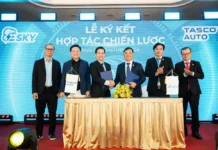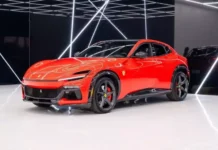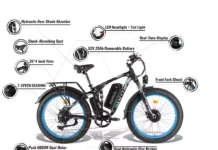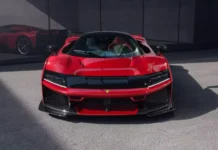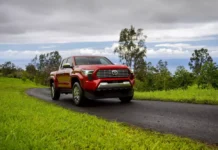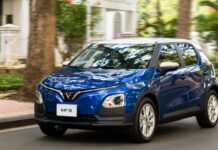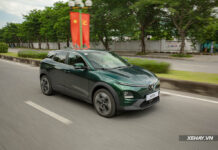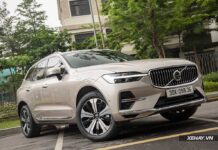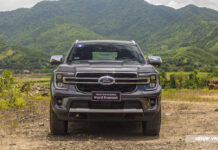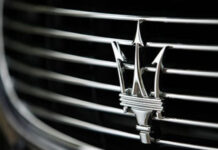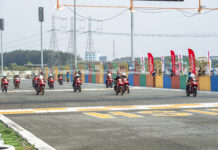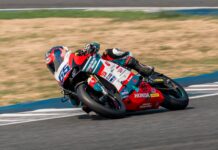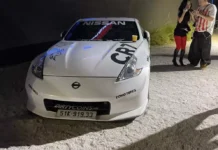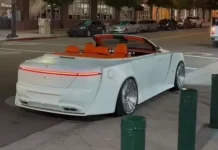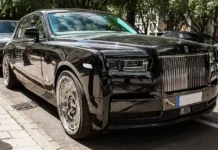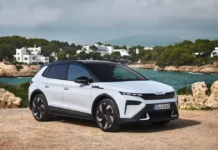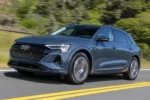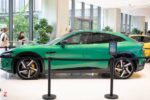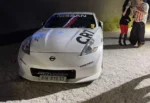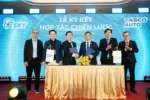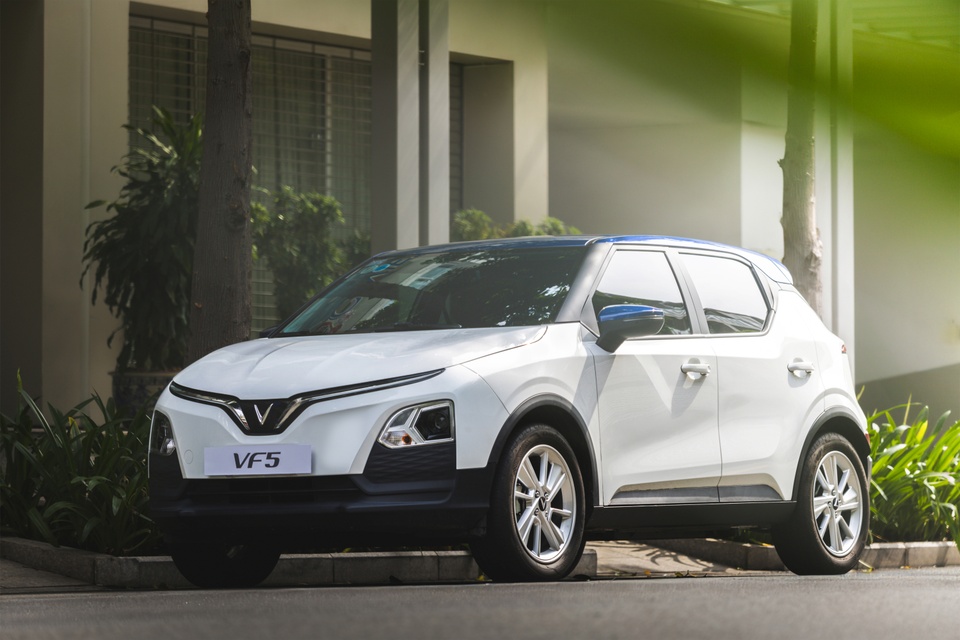
|
The first half of 2025 witnessed a “show of force” from green cars, including electric and hybrid vehicles, in the Vietnamese automotive market.
Electric vehicles are currently leading the overall market in terms of sales figures. Vietnamese customers have been introduced to a range of new options, from mild hybrids and plug-in hybrids to luxury electric vehicles.
Green Cars Surge in Sales
The impact of green cars in Vietnam became noticeable last year. In 2024, for the first time, VAMA disclosed the sales figures for hybrid vehicles, revealing the contribution of gas-electric versions to the total sales of each model.
Also, in 2024, VinFast became the top-selling brand in the Vietnamese market, with over 87,000 electric vehicles sold. Urban electric models such as the VF 5 and the new VF 3 significantly contributed to the success of this Vietnamese automaker.
In the first half of 2025, VinFast continued its market leadership, at least until the end of June. During this period, VinFast sold nearly 67,600 electric vehicles in Vietnam, with the VF 3 being the best-selling model, accounting for more than 23,000 units.
|
|
|
VinFast VF 3 is the best-selling model in Vietnam for the first half of the year. Image source: VinFast. |
According to the Vietnam Automobile Manufacturers’ Association (VAMA), Toyota sold 29,274 vehicles in Vietnam by the end of June, with the Toyota Yaris Cross leading the way with 5,420 units. Ford sold 18,680 vehicles in Vietnam in the first six months, with the Ford Ranger pickup remaining the flagship model with 7,785 units sold.
In the hybrid segment, total sales in the first half reached 5,926 units, an increase of nearly 2,500 vehicles compared to the same period in 2024. The Toyota Innova Cross HEV remained the best-selling hybrid vehicle in Vietnam, with sales of 1,313 units by the end of June.
Compared to the first half of last year, the sales of popular hybrid models such as the Toyota Innova Cross HEV, Toyota Corolla Cross 1.8HEV, and Honda CR-V e:HEV RS have also shown significant growth.
|
|
|
Hybrid vehicles are also witnessing strong growth in Vietnam. Image source: TMV. |
These results reflect a positive shift in the purchasing trends of Vietnamese customers, who are increasingly focusing on hybrid vehicles or gas-electric versions of existing models.
Greening the Market
Not only have green cars surged in sales, but they are also making a significant impact on the Vietnamese market by offering an overwhelming number of new choices. Many automakers have consecutively launched new green models in the latter part of 2024 and the first half of 2025.
For instance, the Jaecoo J7 with its PHEV version has expanded the options for plug-in hybrid vehicles in the mainstream car segment. Before the introduction of this Chinese model, the only option for a PHEV in the mainstream segment was the Kia Sorento.
BYD Sealion 6 is another plug-in hybrid vehicle that has been launched in Vietnam. The arrival of the Sealion 6 and Jaecoo J7 PHEV has made the hybrid vehicle market in Vietnam more vibrant and competitive, especially in the C-segment SUV category.
|
|
|
PHEV models join the mainstream segment. Image source: Jaecoo, BYD. |
Honda has consecutively introduced the e:HEV versions of the Honda Civic and Honda HR-V, following the launch of the Honda CR-V e:HEV RS in Vietnam some time ago.
Suzuki Swift returned to Vietnam after almost a year of hiatus. In its comeback, this Japanese hatchback model has been upgraded to a mild hybrid powertrain.
In the electric vehicle segment, several new models have been introduced, ranging from mainstream options such as the BYD Sealion 8, Geely EX5, and BYD Atto 2 to luxury electric vehicles like the Mercedes-Benz G 580 EQ and Audi Q6 e-tron. Even commercial electric vehicles have made their way to the market, including the VinFast EC Van, the Green series, and electric buses from VinFast.
|
|
|
Electric vehicles are also making a splash in the market. Image source: Đan Thanh, Phúc Hậu. |
The diverse offerings of green cars across different segments indicate that the market is ready for a stronger shift towards electrification. As gasoline-powered cars face potential restrictions in inner-city areas of major cities, market trends will inevitably lean more towards green cars, where electric and hybrid vehicles are becoming increasingly diverse.
Soon, the Vietnamese market will welcome even more new green car models. Hybrid versions of the Xpander and Xforce are ready to be launched, and Honda may introduce an e:HEV version of the City. The Ford Mustang Mach-E has been confirmed to debut next month, and Omoda and Jaecoo are also hinting at the release of new electric SUVs.
Recommended Books for Your Car Journey
Our Automotive channel recommends a selection of captivating books with various themes. During your car journeys, these books can be wonderful companions when you take a break and relax.

